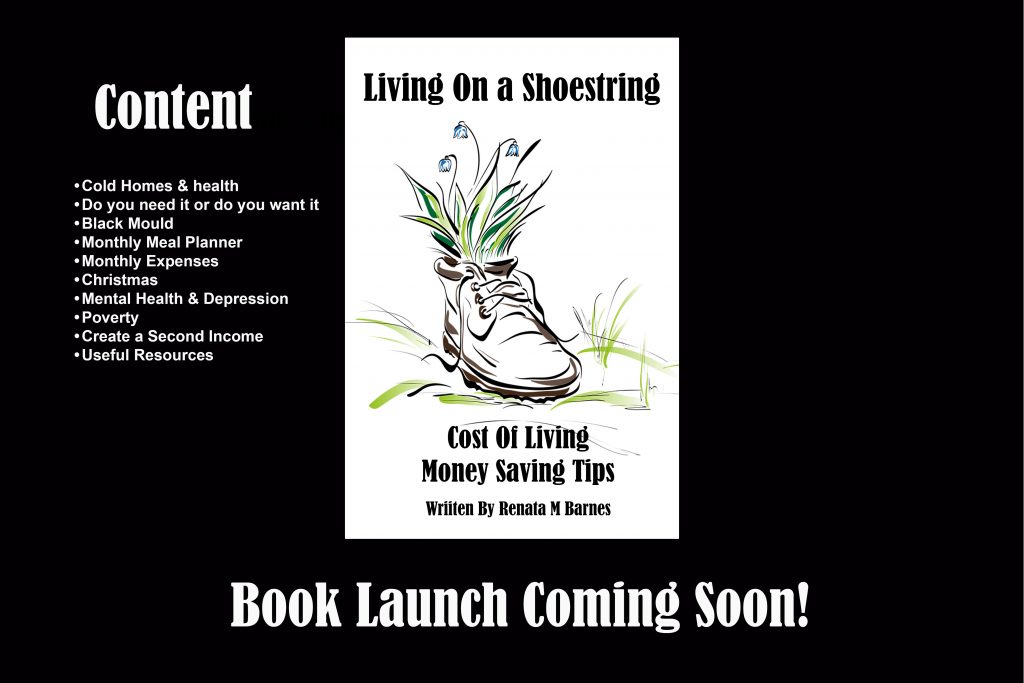
A Guide on How to Become a Successful Book Author
Becoming a book author is a rewarding and fulfilling journey that allows you to share your thoughts, creativity, and knowledge with the world. Whether you dream of writing fiction, non-fiction, or even poetry, the path to becoming a successful author requires dedication, perseverance, and a strategic approach. In this guide, we’ll explore the key steps to help you turn your dream of becoming a book author into a reality.
- Find Your Passion: The first step in becoming a successful book author is to identify your passion and the genre or subject matter you are most enthusiastic about. Whether it’s romance, science fiction, self-help, or historical fiction, writing about something you love will not only make the process more enjoyable but also allow your authentic voice to shine through in your work.
- Develop Your Writing Skills: Writing is a craft that can always be refined and improved. Invest time in honing your writing skills by reading extensively, practicing regularly, and seeking feedback from peers or writing groups. Attend writing workshops or courses to learn new techniques and gain insights into the industry. Remember, becoming a proficient writer is an ongoing process.
- Set Realistic Goals: Establishing realistic and achievable writing goals is crucial to staying focused and motivated. Set daily or weekly word count targets, create deadlines for completing chapters, and establish milestones for your overall progress. Consistency is key, and breaking down the writing process into manageable tasks can make the journey less overwhelming.
- Create a Writing Routine: Developing a consistent writing routine is essential to making progress on your book. Whether you’re an early-morning writer or a night owl, find a time that works best for you and dedicate it to your writing. Minimize distractions, create a comfortable workspace, and commit to showing up regularly to nurture your creativity.
- Craft a Compelling Outline: Before diving into the actual writing, create a detailed outline for your book. This roadmap will serve as a guide, helping you stay organized and focused on the structure of your story or the flow of your content. A well-thought-out outline can save you time and prevent writer’s block, providing a clear direction for your writing journey.
- Embrace the Editing Process: Once your first draft is complete, be prepared to revise and edit rigorously. Editing is an integral part of the writing process that refines your work, ensuring clarity, coherence, and overall quality. Consider seeking feedback from beta readers or hiring a professional editor to provide constructive critiques and suggestions for improvement.
- Research Publishing Options: Explore different publishing options, such as traditional publishing or self-publishing. Research literary agents, publishers, or self-publishing platforms that align with your goals and genre. Understand the submission requirements for traditional publishing, or familiarize yourself with the steps involved in self-publishing, including cover design, formatting, and distribution.
- Build an Author Platform: In today’s digital age, building an author platform is crucial for connecting with readers and promoting your work. Create an author website, establish a presence on social media platforms, and engage with your audience. Building a community of readers and fellow writers can enhance your visibility and contribute to your success as an author.
- Market Your Book: Whether you choose traditional or self-publishing, effective book marketing is essential for reaching a wider audience. Develop a marketing strategy that includes book launches, promotional events, social media campaigns, and collaborations with influencers or bloggers. Leverage online and offline channels to generate interest and drive sales.
- Stay Persistent and Resilient: Becoming a successful book author requires persistence and resilience. Rejections, criticism, and challenges are inevitable, but it’s essential to view them as opportunities for growth. Learn from feedback, adapt to changes in the industry, and stay committed to your passion for writing.
Conclusion:
Becoming a book author is a journey that demands dedication, continuous learning, and a genuine love for storytelling. By finding your passion, honing your skills, and navigating the publishing landscape strategically, you can transform your dream into a successful career as a published author. Remember, the road may be challenging, but the satisfaction of seeing your words in print and sharing your stories with the world makes the journey worthwhile.
If you find book writing daunting, you can hire a ghostwriter who will do the work for you. I have written about a service I offer on my other website: https://ukcontentwriters.com/book-writing-service/ I use exact match searchable keywords and phrases domain name (www.ukcontentwriters.com) for lead generation and traffic.
I can also offer a landing page on the site and market your book in front of thousands of followers, and on social media groups, and pages.
#bookwriting #author #ghostwriter #copywriting #proofreading #ebookwriting #journalism #fictionwriting #biography #autobiography #poetry #nonfiction




